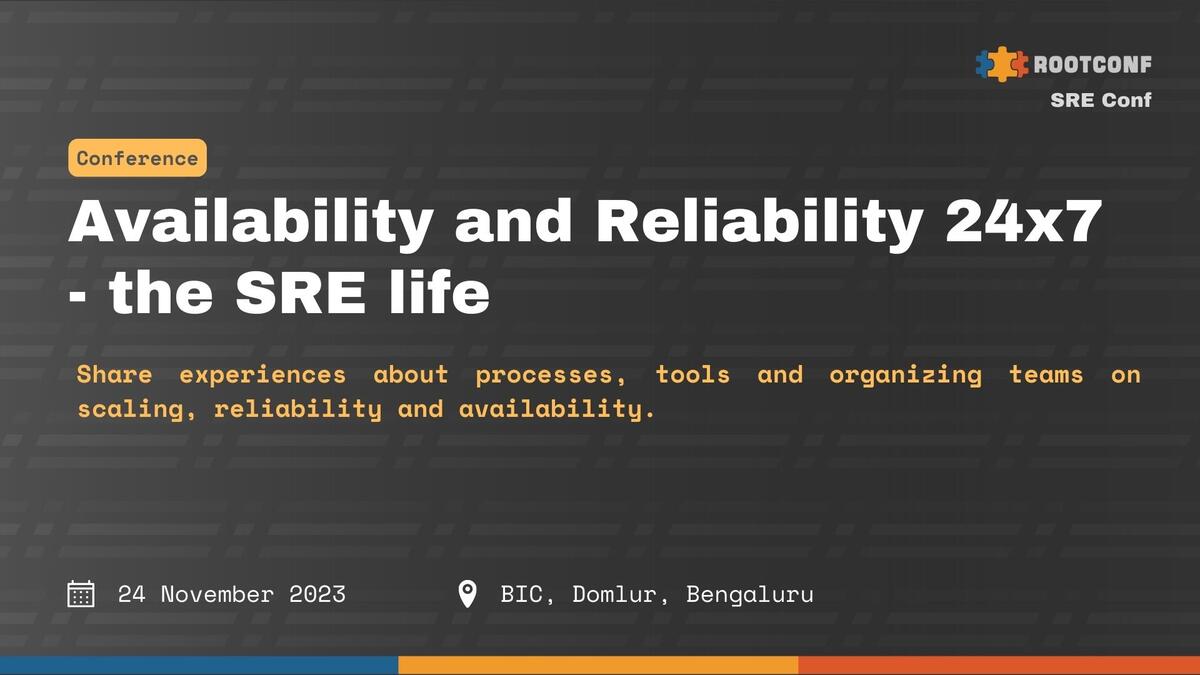In an era defined by continuous innovation and relentless user expectations, the significance of seamless transitions cannot be overstated. Today, we delve into the intricate landscape of stateful server migration and its pivotal role in ensuring uninterrupted service delivery.
The Challenge of Stateful Servers:
Stateful servers lie at the heart of SaaS products, holding precious user data, session information, and configurations. Migrating such servers while maintaining business continuity poses a formidable challenge. Unlike stateless components, stateful servers are not merely binaries; they encapsulate users’ interactions, preferences, and experiences. The traditional downtime-laden migrations, no longer sustainable, are against the seamless experience users demand.
The Value of Zero-Downtime Migration:
Zero-downtime migration embodies the core principle of user-centricity. It’s not merely about preserving uptime; it’s about safeguarding user satisfaction, trust, and loyalty. By ensuring no disruptions, SaaS providers demonstrate their commitment to users, reinforcing the belief that their data is secure and their experiences uninterrupted. The intrinsic alignment between zero-downtime migration and business sustainability underscores the paramount importance of adopting this approach.
Benefits Amplified:
Enhanced User Experience: Maintaining service availability during migration fosters positive user perceptions, loyalty, and reduces the risk of churn.
Business Continuity: Zero-downtime migration averts revenue losses, safeguards reputation, and reinforces the SaaS provider’s reliability.
Minimal Impact on Workflows: Users can continue their tasks without disruption, boosting productivity and operational efficiency.
Regulatory Compliance: Data-sensitive industries benefit from migration methods that minimize compliance risks.
Innovation Acceleration: A reliable migration strategy empowers teams to focus on innovation rather than firefighting.
As architects of modern SaaS products, we’re entrusted with the task of orchestrating technology transitions with a human touch. Embracing zero-downtime migration for stateful servers isn’t just a choice; it’s an imperative. It’s an acknowledgment that technology serves humans, not the other way around. It’s a declaration that no user should ever experience service disruption due to our technological advancements. It’s a commitment to the promise that innovation won’t come at the cost of user satisfaction. This talk will focus on how freshservice’s stateful servers were migrated from third party to in house with zero downtime.


{{ gettext('Login to leave a comment') }}
{{ gettext('Post a comment…') }}{{ errorMsg }}
{{ gettext('No comments posted yet') }}